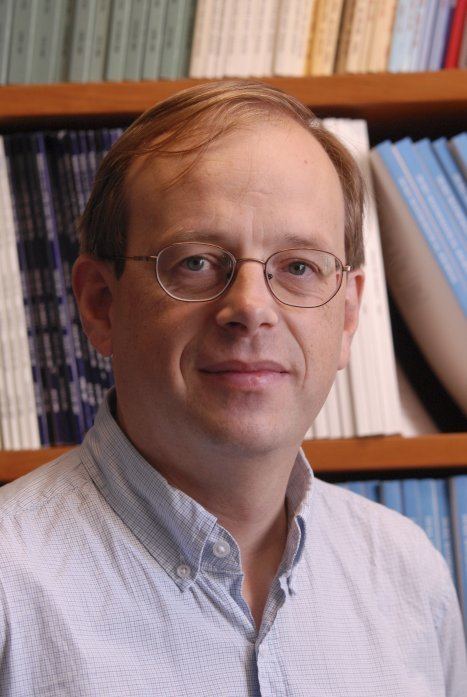Nationality British Fields Mathematics | Role Mathematician Name Richard Taylor | |
 | ||
Institutions Institute for Advanced StudyHarvard University Alma mater Princeton UniversityClare College, Cambridge Doctoral students Kevin BuzzardDavid GeraghtyElena MantovanSug Woo Shin Similar People | ||
Richard taylor 2015 breakthrough prize in mathematics symposium
Richard Lawrence Taylor (born 19 May 1962) is a British and American mathematician working in the field of number theory.
Contents
- Richard taylor 2015 breakthrough prize in mathematics symposium
- The langlands conjectures richard taylor on translating between different areas of math
- Career
- Research
- Personal life
- References

A former research student of Andrew Wiles, he returned to Princeton to help his advisor complete the proof of Fermat's Last Theorem.
Taylor received the 2014 Breakthrough Prize in Mathematics "for numerous breakthrough results in the theory of automorphic forms, including the Taniyama–Weil conjecture, the local Langlands conjecture for general linear groups, and the Sato–Tate conjecture." He also received the 2007 Shaw Prize in Mathematical Sciences for his work on the Langlands program with Robert Langlands.
The langlands conjectures richard taylor on translating between different areas of math
Career
He received his BA from Clare College, Cambridge, and his PhD from Princeton University in 1988. From 1995 to 1996 he held the Savilian chair of geometry at Oxford University and Fellow of New College, Oxford, and later became the Herchel Smith Professor of Mathematics at Harvard University. He currently holds Robert and Luisa Fernholz Professorship at the Institute for Advanced Study.
He received the Whitehead Prize in 1990, the Fermat Prize, the Ostrowski Prize in 2001, the Cole Prize of the American Mathematical Society in 2002, and the Shaw Prize for Mathematics in 2007. He was also elected a Fellow of the Royal Society in 1995. In 2012 he became a fellow of the American Mathematical Society. In 2015 he was inducted into the National Academy of Sciences.
Research
One of the two papers containing the published proof of Fermat's Last Theorem is a joint work of Taylor and Andrew Wiles.
In subsequent work, Taylor (along with Michael Harris) proved the local Langlands conjectures for GL(n) over a number field. A simpler proof was suggested almost at the same time by Guy Henniart, and ten years later by Peter Scholze.
Taylor, together with Christophe Breuil, Brian Conrad and Fred Diamond, completed the proof of the Taniyama–Shimura conjecture, by performing quite heavy technical computations in the case of additive reduction.
Recently, Taylor, following the ideas of Michael Harris and building on his joint work with Laurent Clozel, Michael Harris, and Nick Shepherd-Barron, has announced a proof of the Sato–Tate conjecture, for elliptic curves with non-integral j-invariant. This partial proof of the Sato–Tate conjecture uses Wiles's theorem about modularity of semistable elliptic curves.
Personal life
Taylor is the son of British physicist, John C. Taylor. He is married, and has two children.
